BATMAN ’66 WEEK: A screen historian takes you behind the scenes…

—
It’s BATMAN ’66 WEEK — celebrating the anniversary of the show’s debut Jan. 12! For the complete index of features, click here.
—
Mark S. Reinhart loves Batman as much as anyone, I’d say. Just check out his lovingly researched The Batman Filmography, published by McFarland, which specializes in scholarly works.
Now, with BATMAN ’66 WEEK upon us, I invited Mark to put together a list of things that a lot of Batman fans might not know about the landmark series. Sure, the diehards can quote you chapter and verse, but there are likely a number of entries that will make you cock your eyebrow and say, “Huh, I never knew that.”
I know I did. — Dan
—
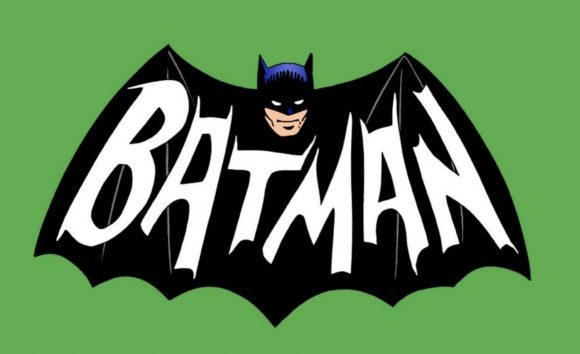
By MARK S. REINHART
1. Batman Wasn’t ABC’s First Choice. The ABC television network considered developing shows based on several other comic characters before settling on Batman. Both Superman and Dick Tracy were actually the network’s first choices for a comic-themed show, but the rights to these characters were not available at the time. Since Batman’s rights were available, Batman became “their” hero.
2. The Producer Took the Job Without Knowing Anything About Batman. ABC entrusted the development of their Batman television show to veteran producer William Dozier and his production company Greenway Productions. Dozier took the job knowing almost nothing about Batman at all—he had never read a Batman comic story until he became involved with the project.

Adam West and Burt Ward, natch
—
3. ABC Planned on Releasing a Movie First. Because of Batman’s ambitious style and content, it was going to be a far more complex and expensive program to produce than an average half-hour TV show. So Dozier envisioned producing a Batman film prior to the release of the TV series. The film would facilitate the production of the series in several ways. First, it could serve to introduce the show and its many different characters to the public. Also, many of the scenes featuring expensive props such as the Batcopter, the Batboat and the Batcycle could be filmed for the movie, and then those scenes could be lifted directly from the film for use in episodes of the series. This recycling of footage would help to trim the series’ special-effects budget.
Dozier originally planned on releasing the film in mid-1966, and then premiering the series during the start of ABC’s fall 1966 season. But many of the network’s prime-time shows that premiered during the fall 1965 season were failing, so they were looking for something to shore up their schedule. Consequently, ABC decided to rush Batman into full production mode and premiere it as a midseason replacement in January 1966.
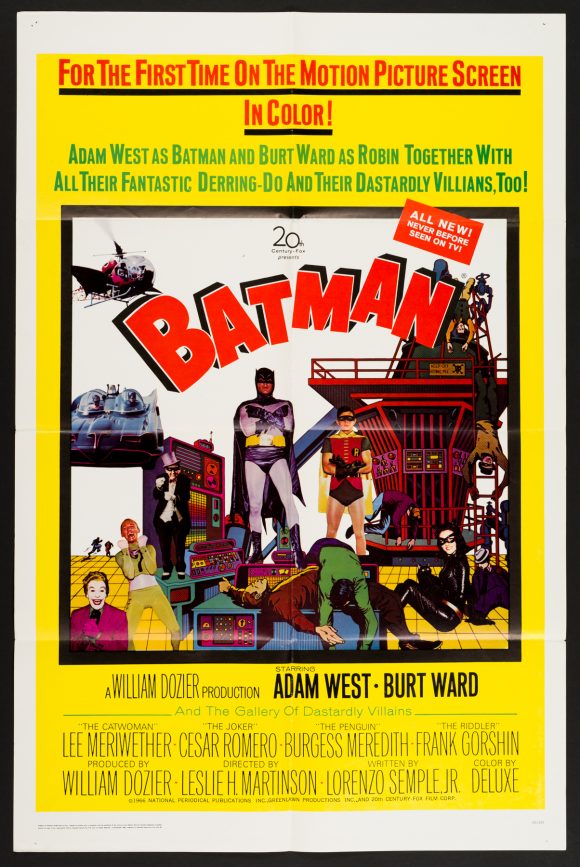
The movie came out between the first two seasons.
—
4. The Network Worried the Show Would be an Epic Failure. Batman was a smash from the first moment it hit the airwaves. ABC of course was thrilled by the show’s meteoric success, but they also had ample reason to feel relieved—because when the network showed the first episodes to test audiences before the premiere, they scored as poorly as any program they had ever produced. Consequently, ABC wasn’t worried so much about whether or not Batman would be a hit—they were more worried about the show being a bomb of epic proportions. Obviously, these test audiences simply did not know how to take Batman—they could not decide whether they were watching a comedy or an action show. But the general public “got” Dozier’s concept of creating tongue-in-cheek humor by mixing Batman’s comic book world with the real world, and they got it in a big way.
5. Frank Gorshin Shared the Stage With the Beatles. Prior to being cast as the Riddler, Frank Gorshin had gained fame as an impressionist-actor—he appeared in numerous movies and TV shows throughout the late 1950s and early 1960s. On Feb. 9, 1964, Gorshin did his impressionist act on a live broadcast of The Ed Sullivan Show from CBS Studios in New York City. Gorshin’s act was well received — but not quite as well received as another of the acts on Sullivan’s bill that night: the Beatles, who were making their historic debut to the American public.
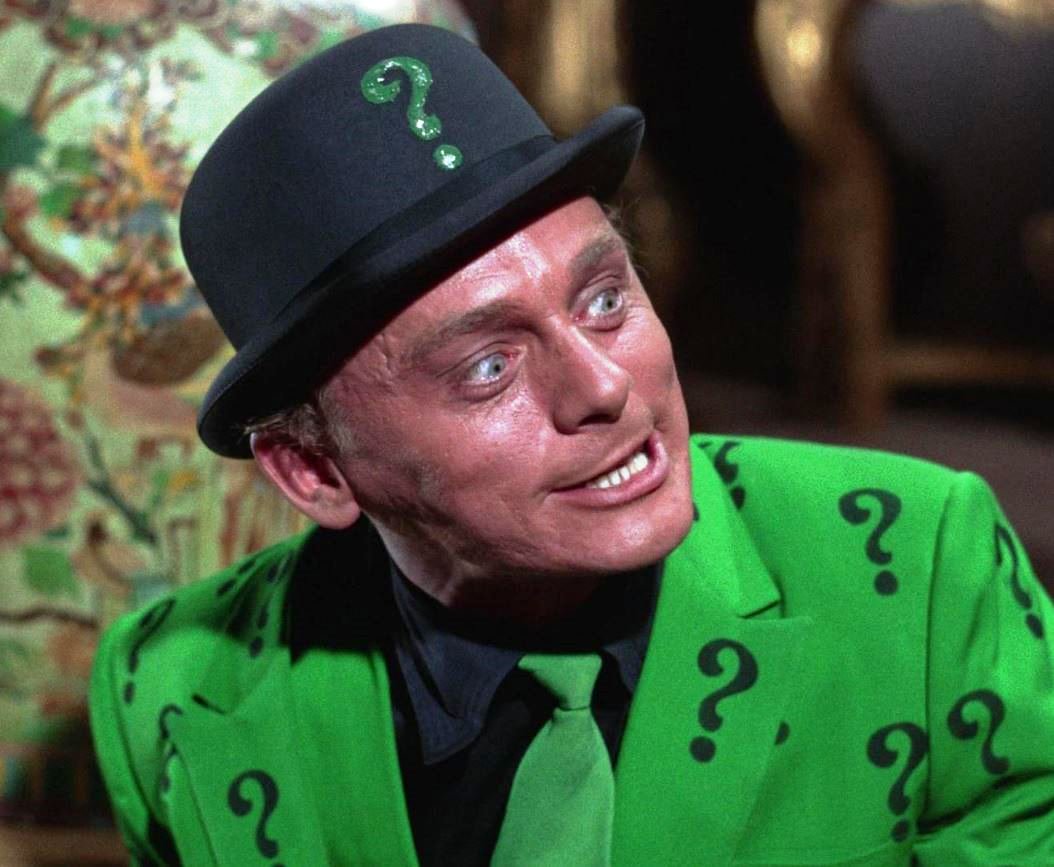
—
6. It was the First Time Batman’s Origin was Discussed on Screen. ABC premiered Batman on Wednesday, Jan. 12, 1966, at 7:30 p.m. The first episode to air was the pilot, Hi Diddle Riddle. Early on, Bruce Wayne mentions that his parents were murdered by “dastardly criminals” — marking the first time the character’s comic-book origin was translated to the screen in any form.
7. Adam West and Burt Ward Had Competition. Adam West’s Batman and Burt Ward’s Robin turned out to be so iconic that it might seem hard to imagine Batman being done with anyone else but them. But Dozier did consider two other actors as the Dynamic Duo: Lyle Waggoner was considered for the part of Batman, and Peter Deyell was considered for the part of Robin. Screen-test footage has survived that shows Waggoner and Deyell doing two scenes from the series’ pilot episode, Hi Diddle Riddle. (West and Ward’s test featuring them doing the same scenes has also survived.)
—
8. The Producer Speaks. Some of the casting choices William Dozier made regarding Batman, such as the hiring of serious actors like Burgess Meredith as the Penguin and Cesar Romero as the Joker, were surprising. But his choice for the actor to provide the show’s voiceover narration was the most surprising of all—namely, himself! He kept auditioning narrators to try to find someone who could ham the dialogue up in just the right melodramatic, movie serial-like fashion. But he never found anyone who could do the job as well as he could, so he added the job of Batman’s narrator to his producer duties. (The narrator is known as “Desmond Doomsday.”)
9. The Batmobile Had Been on Screen Before. The series’ early debut forced a major change in plans regarding the construction of the show’s Batmobile. The car was originally going to be built by custom car designer Dean Jeffries, but Jeffries was not able to fit the project’s new deadline into his work schedule. So, Dozier contracted customizer George Barris to design and build the car—in a matter of just several weeks.
Barris was able to complete this formidable task because he chose not to design and build a Batmobile from scratch. Instead, he reworked an experimental 1955 Lincoln automobile called the Futura into the Batmobile. The Futura had already appeared on screen—in bright red paint — in the 1959 motion picture It Started with a Kiss, starring Glenn Ford and Debbie Reynolds.
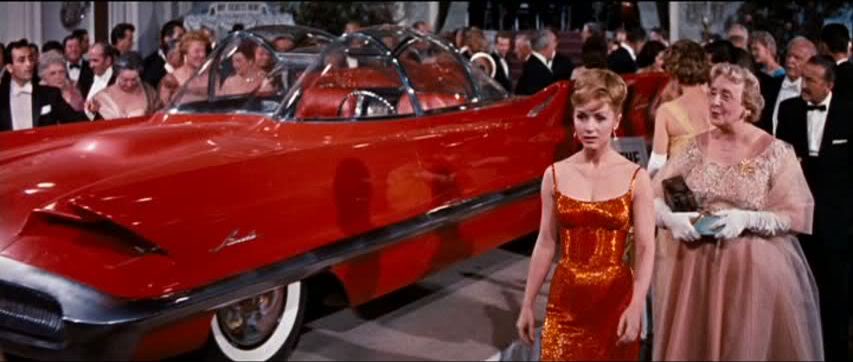
The Futura was already equipped with hooded headlights, bubble-dome windshields and large tailfins, so Barris’ main tasks were to accessorize the car with Batman-themed items, reshape the body so that it featured some batwing-like scallops and repaint it.
Incidentally, much of the Futura’s bodywork was not actually done by Barris himself; he subcontracted the work out to another car customizer, Bill Cushenbery.
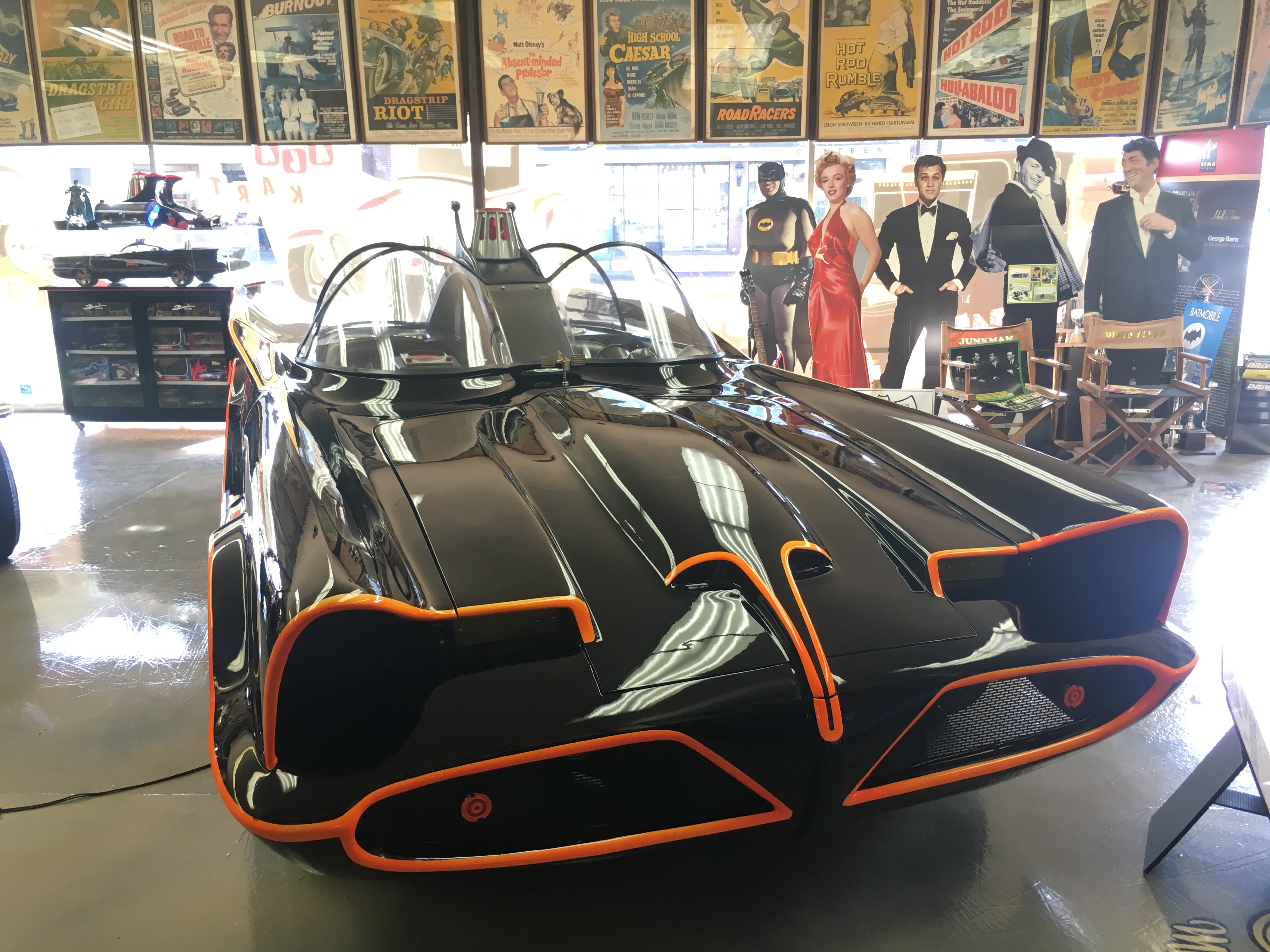
The Barris garage today.
—
10. DC’s The Brave and the Bold Was Revamped Due to the Show’s Success. Sales of Batman comics titles skyrocketed after Batman’s debut and DC Comics took advantage of the phenomenon by creating stories that had the look and feel of the show. Also, DC made Batman the headliner of The Brave and the Bold, which was originally an anthology title and had become a team-up book starring a variety of heroes. With the onslaught of Batmania, DC made Batman a permanent fixture: From late 1966 until the title was canceled in 1983 – with the exception of a couple issues early on – he was afforded the chance to interact with heroes he would not normally have worked with in his other titles.
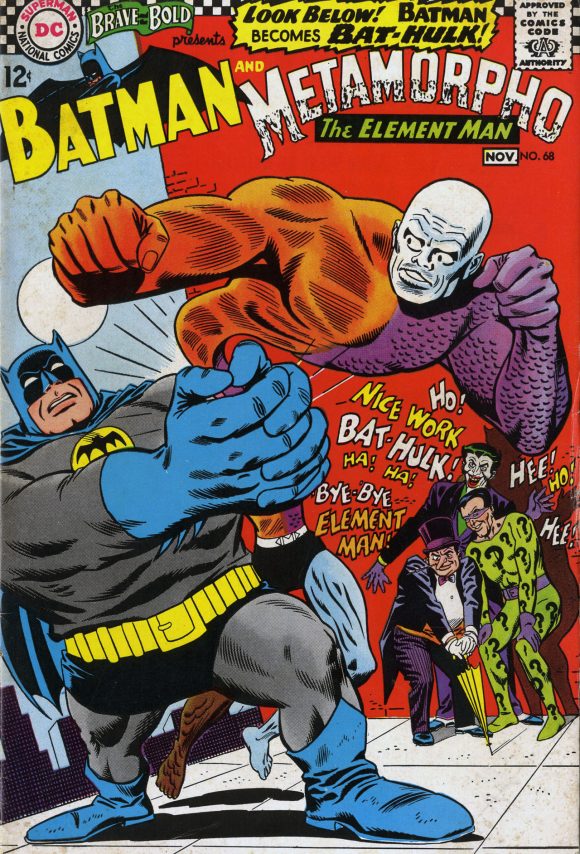
B&B at its campiest
—
11. Mr. Freeze Got His Name From the Show. The character of Mr. Freeze first came into Batman’s world with a different name—Mr. Zero. The villain first appeared in a story in Batman #121 (Feb. 1959), called The Ice Crimes of Mr. Zero. In the story, Mr. Zero is a criminal scientist who works to create an ice gun. He succeeds in creating his weapon, but in the process he accidentally spills some sort of freezing chemical solution all over himself that makes him unable to stand warm temperatures. He dons an air-conditioned costume and goes on a crime spree in Gotham City, leading Batman and Robin to bring him to justice. Mr. Zero was renamed “Mr. Freeze” by Batman’s creators and used in three, two-part episodes of the series. (He was played by three different actors: George Sanders, Otto Preminger and Eli Wallach.)
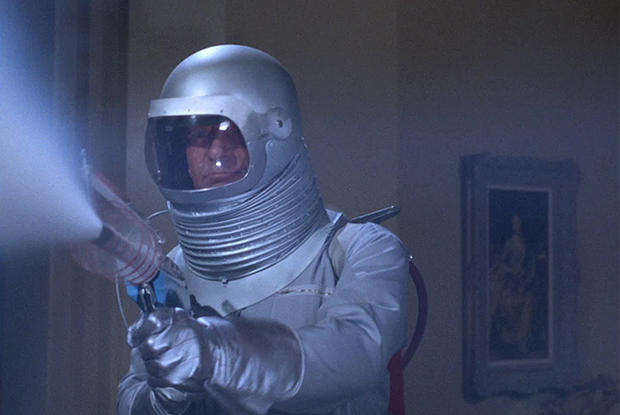
Sanders in the first Mr. Freeze episode
—
12. Batman Didn’t Completely Ignore His Dark Origins. During Batman’s first season, the series ocassionally drew inspiration from the character’s darker roots. For example, in the episode The Penguin Goes Straight, a criminal who is about to be interrogated by Batman is overcome with terror upon seeing the crimefighter’s shadow. And there are a number of first-season episodes that feature dimly lit scenes with Batman and Robin prowling through the Gotham City night.
13. Bat-Merchandising Was Borne Out of the Show’s Success. The Batman merchandise spawned by the mania surrounding the show had a tremendous impact on the history of the character. Generally speaking, in Batman’s first quarter-century of existence, little merchandise related to him was produced. Thanks to the show, though, Batman fans had the option of not only enjoying the character through his comic-book adventures, but also through the collecting of non-comic Batman material.
Consequently, from 1966 on, the buying of “Batman stuff” would become a major part of the fan experience. The amount of Bat-related merchandise available to fans over the years would directly depend on how interested in the character the general public was at a specific point in time—but Batman’s retail presence has continued unabated right up until the present day.
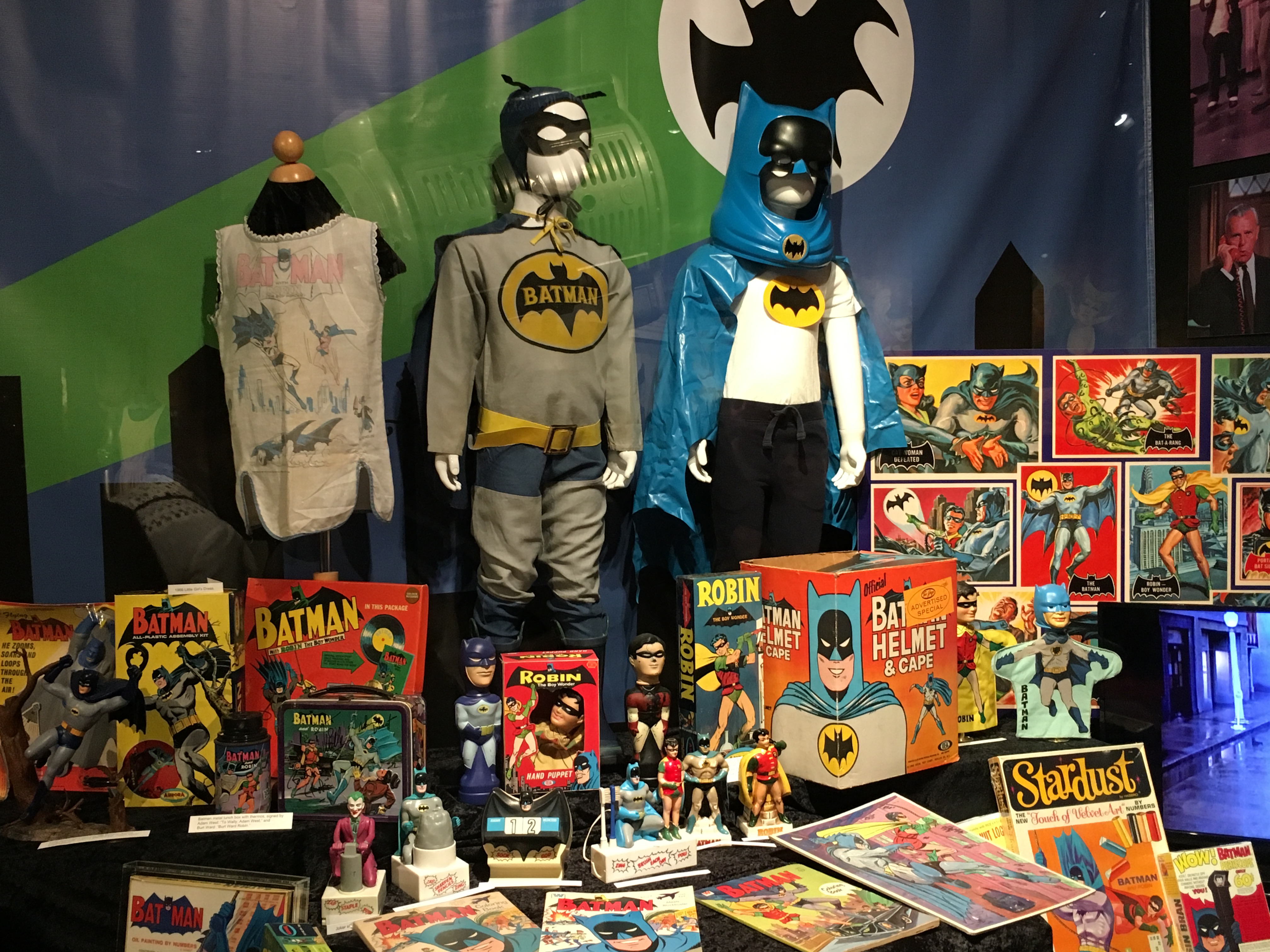
From 2018’s Batman exhibit at the Hollywood Museum
—
Mark S. Reinhart is the author of The Batman Filmography, an exhaustively researched chronicle of the Caped Crusader on screen, from the ’40s to the modern day. Click here for more info.
—
MORE
— BATMAN ’66 WEEK Index of Features. Click here.
— The BATMAN ’66 Top 13 Episode Countdown. Click here.

January 10, 2019
Re: number 12 – another example of Batman’s darker roots in display was “Give ‘Em the Ax” where Batman casts his bat-shadow on the Riddler and his henchmen before aggressively pummeling them. I wish they’d done a bit more of that.
January 10, 2019
This is pretty unique info. “Batman ’66” truly is a part of pop culture.
January 10, 2019
Very interesting neat article, Mark!
January 11, 2019
And on that same Sullivan show, a pre Monkees Davy Jones with, and as the star of, the Broadway cast of Oliver. It was quite a night.
January 11, 2019
Andy, I am a HUGE fan of both The Beatles and The Monkees — so I very much thought about working in a mention of Davy when I discussed Gorshin and The Beatles appearing on that episode of the Sullivan show! You are right, that night was such a gigantic moment in pop culture history. I’ve watched the DVD release of the Sullivan show about a thousand times, and the 2/9/64 episode is my favorite of the bunch.
January 12, 2019
Oh, and one more thing — Ellsworth, I also did think about including the moment you talk about from “Give ‘Em the Ax” when I discussed BATMAN’s occasional nods to the character’s dark origins. That is one of my favorite scenes from the series. Like you say, I wish the series had chosen to go in that direction a bit more often.
January 13, 2019
Thanks for a great article… that was a really fun read! I wish the series could have maintained the balance of comic book buy-in and kitschy humor of that first season, but still… the re-runs of the show were such a big part of my childhood. Towel cape… jumping from the couch to cushions floating in the lava… good memories!
January 14, 2019
“Towel cape… jumping from the couch to cushions floating in the lava… good memories!”
Ha! Exactly!
April 11, 2019
There was no DC Comics company at the time. It was still National Periodical Publications – NPP. DCC did not exist. The Dozier family and Greenway/Greenlawn Productions owned the trademark until the deal to release the DVD set came around…and they forgot that they owned the IP until then!!